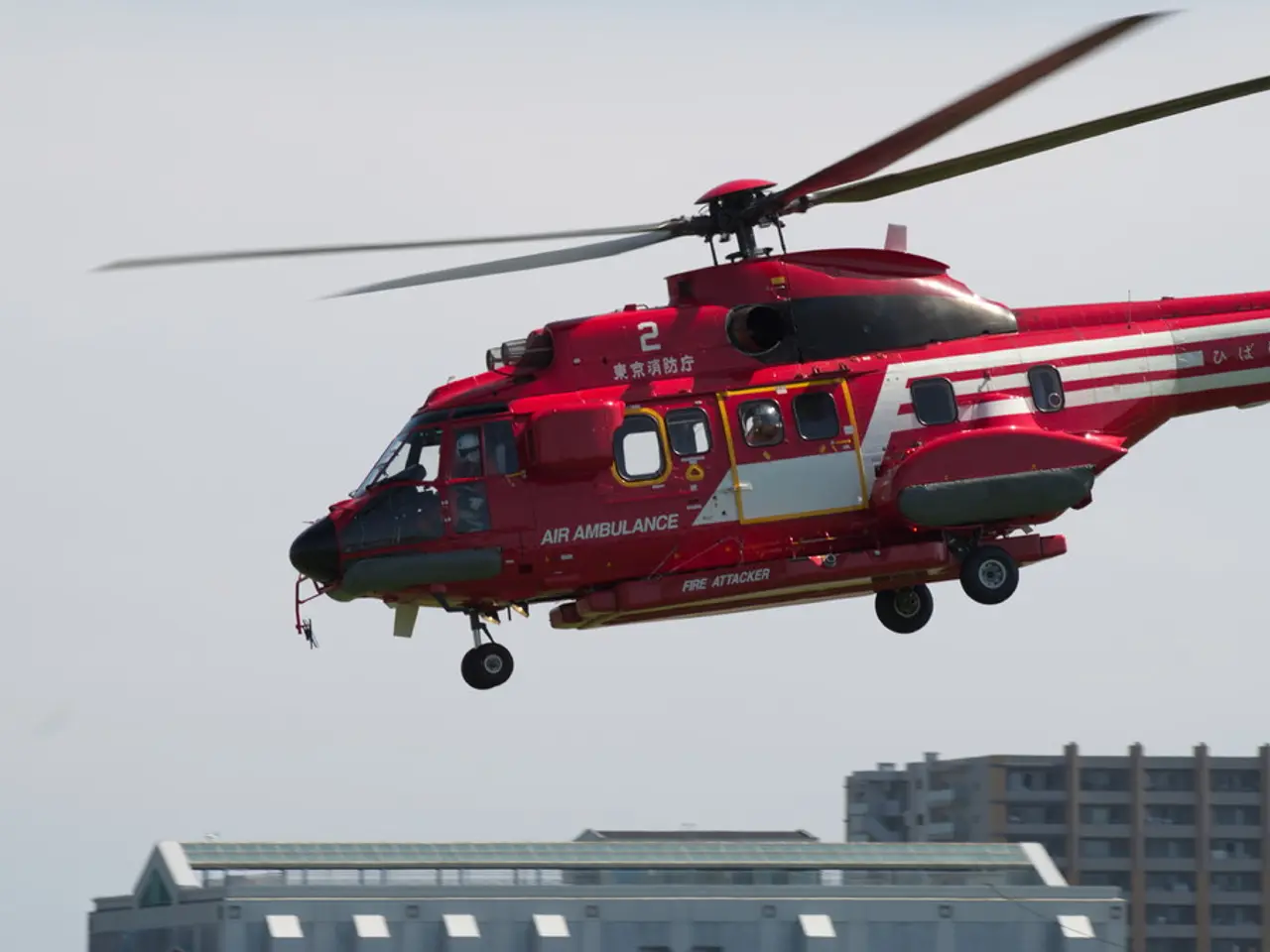Guide on Constructing a Personalized Drone Software Infrastructure
In the rapidly evolving world of drone technology, having a custom software stack can offer significant advantages. This article will guide you through the process of building a custom drone software stack, using open-source tools that provide flexibility, cost savings, and a tailored fit for unique missions.
Key Components of a Custom Drone Software Stack
A modular, custom-built system offers full operational control, cost savings, a custom fit for unique missions, better performance in the field, faster iteration and innovation, and stronger technical skill development. The core components of such a stack include:
- Flight Control Interface: QGroundControl or Mission Planner, for example, allow mission planning, adjusting flight parameters, monitoring telemetry, and executing flights with precision.
- Telemetry & Communications: MAVLink is a lightweight communication protocol that facilitates communication between autopilots, ground stations, and companion computers.
- Mission Planning: Software defines waypoints, geofencing, altitude profiles, and camera triggers.
- Data Capture & Storage: Systems handle high-resolution images, LiDAR point clouds, thermal video, and telemetry logs.
- Processing Pipeline: Open-source tools like OpenDroneMap create orthomosaics, point clouds, and 3D models.
- Analytics Layer: The analytics layer can apply computer vision, spectral analysis, or damage detection using AI models.
- Visualization & Output: Visualization & output platforms allow you to build map-based visualizations or reporting.
- Integration API: APIs enable data to move between services for real-time automation and workflow connection.
Recommended Open-Source Tools
- PX4 Autopilot: A professional open-source flight control software for various drone types under the Dronecode Foundation. It is BSD-licensed, highly flexible, and widely used in industry.
- ArduPilot: The earliest universal autopilot platform supporting multicopters, planes, and ground rovers. It is community-driven with a large ecosystem and supports multiple vehicle types.
- MAVLink & MAVSDK: MAVLink is a lightweight communication protocol, while MAVSDK offers easy-to-use APIs in C++, Python, and Swift for drone integration and control.
- Ground Station Software: QGroundControl or Mission Planner provide mission planning, real-time telemetry, and configuration features.
- DroneKit: A Python-based API for programming drone missions and controlling drones running ArduPilot.
Integrating These Tools Effectively
- Choose a Flight Control Software: Select either PX4 or ArduPilot as the autopilot firmware depending on your hardware compatibility and feature needs.
- Use MAVLink Protocol: Leverage MAVLink for communication between the autopilot, ground control station, and companion computers.
- Select a Ground Control Station: Use QGroundControl or Mission Planner for mission planning, monitoring, and telemetry.
- Program Custom Behavior: Use MAVSDK or DroneKit to write custom scripts or companion computer applications for autonomous missions, data processing, or special logic.
- Test and Calibrate: Perform thorough testing including sensor calibration, waypoint missions, and communication checks using the selected ground station software to ensure system reliability and safety.
- Contribute and Collaborate: Engage with the Dronecode and ArduPilot communities for support and to contribute improvements, benefiting from their vendor-neutral open governance and ecosystems.
Expanding Your Custom Stack
Future upgrades to a custom drone software stack can include AI Model Integration for Real-Time Object Detection, Offline Mapping and Caching for Disconnected Environments, Swarm Coordination and Multi-Drone Missions, Kubernetes-Based Cloud Processing Cluster, Flight Risk Modeling and Weather Integration, Blockchain or Immutable Logs for Regulatory Compliance, UX Enhancements with Custom Mobile Apps, and more.
Building a custom drone software stack may seem intimidating at first, but with today's open-source tools and low-code platforms, it's more achievable than ever. Start small, experiment, and scale smartly. Remember that maintaining a custom stack requires diligence to keep up with changing requirements and the responsibility for updates, bug fixes, and version compatibility.
With the right approach and the right tools, a custom drone software stack can provide the flexibility, efficiency, and performance needed for diverse UAV applications. Happy building!
**Note:** This article serves as a general guide and should not be taken as definitive or exhaustive. Always ensure to thoroughly research and understand the specific requirements and implications of building a custom drone software stack for your unique application.
Read also:
- Tesla is reportedly staying away from the solid-state battery trend, as suggested by indications from CATL and Panasonic.
- California links 100,000 home storage batteries through its Virtual Power Plant program.
- Fortnite supporters experience uncertainty as Epic Games criticizes the CMA for postponing the iOS release in the UK
- Financial regulatory body examines potential instability of Decentralized Finance (DeFi) and cryptocurrencies as they approach a significant growth milestone, known as "critical mass".




